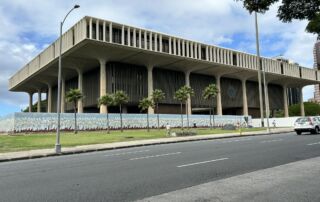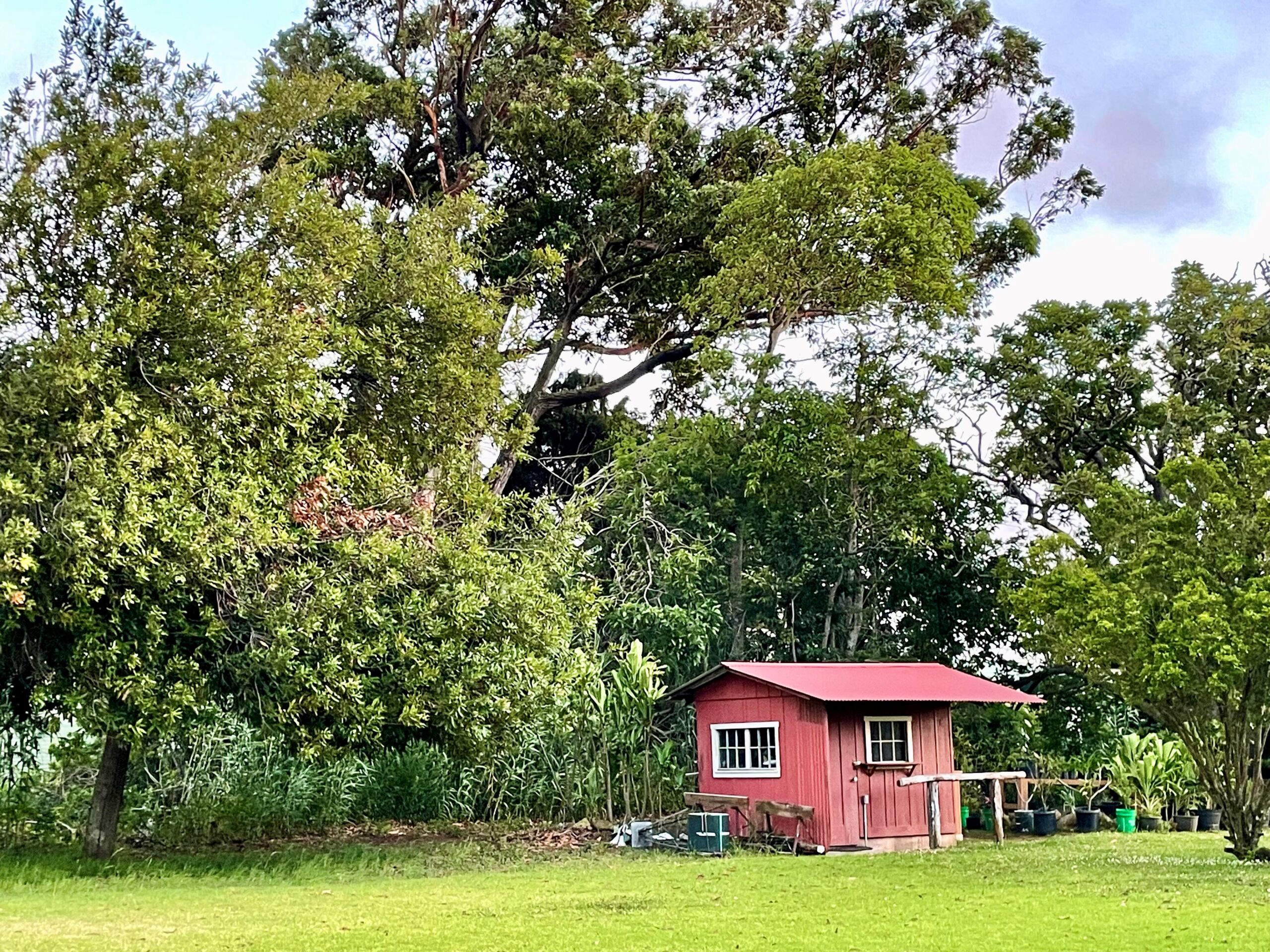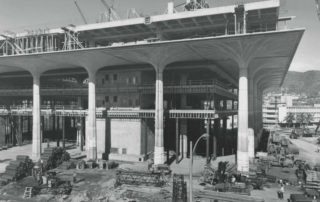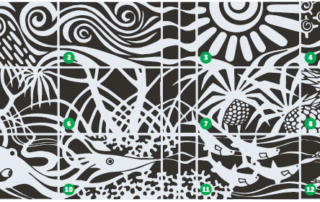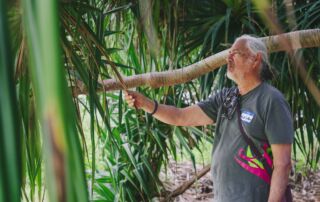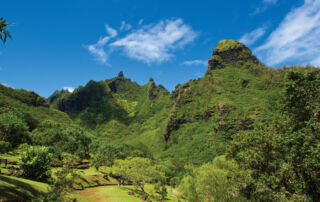Hawai‘i State Capitol Reflecting Pools
In August, the Hawai‘i Department of Accounting and General Services (DAGS) issued a Draft Environmental Assessment for public review and comment on the “Rehabilitation of Chambers Level Water Proofing System and Related Improvements” (aka “Hawai‘i Capitol Pools Improvement Project”) for the Hawai‘i State Capitol. DAGS stated that the proposed improvements and modifications are needed to resolve persistent issues presented by the Capitol reflecting pools, including algae growth, leakages into office and operational spaces, and damage to the building’s structural, mechanical, and electrical components. The Capitol is located at the center of the Hawai‘i Capital Historic District, a nationally-significant historic district listed in the National Register of Historic Places. The Capitol is unique among U.S. State Capitols in its use of architectural elements to reflect Hawai‘i’s landscapes, natural features, and heritage. From the exterior of the structure, this is most exemplified by the two reflecting pools, representing the ocean, the conical shape of the legislative chambers, representing the volcanoes of the state rising from the sea, the perimeter columns representing palm trees and the eight main Hawaiian Islands, and the open-air rotunda, representing the open society. Historic Hawai‘i Foundation provided comments on the proposal with major concerns about the approach. The Capitol reflecting pools are a significant, unique architectural feature of the Capitol, and reference the relationship of Hawai‘i and the ocean and the project would permanently alter them. HHF noted that although the need for the project was presented as a maintenance issue, the alternatives eliminated the option to repair the existing system and correct the deficiencies. Instead of including an option to address chronic repair and maintenance problems associated with the water-filled reflecting pools, the environmental assessment only looked at alternatives that [...]


